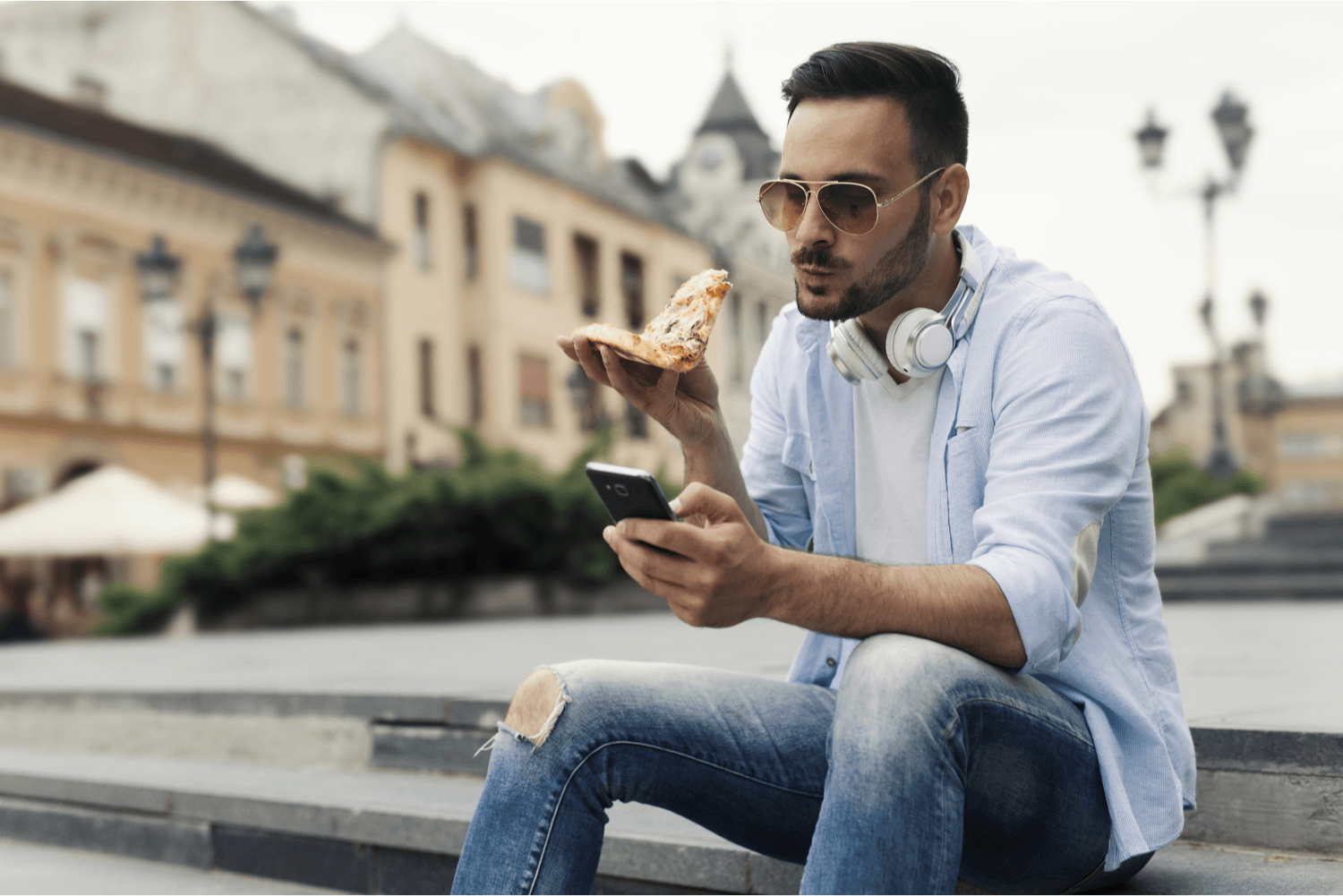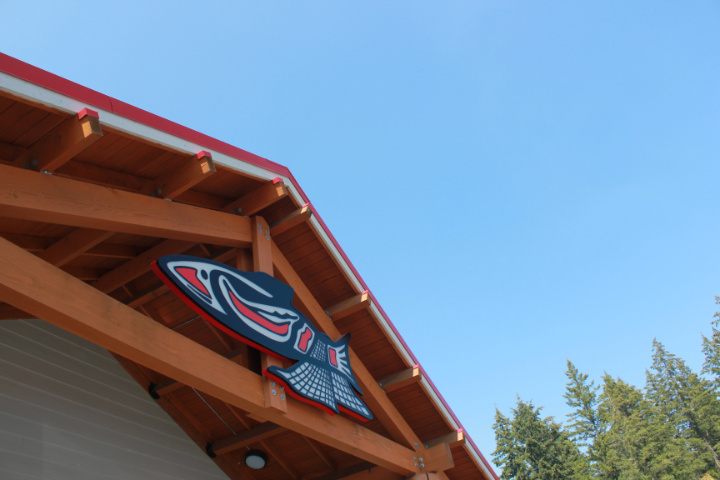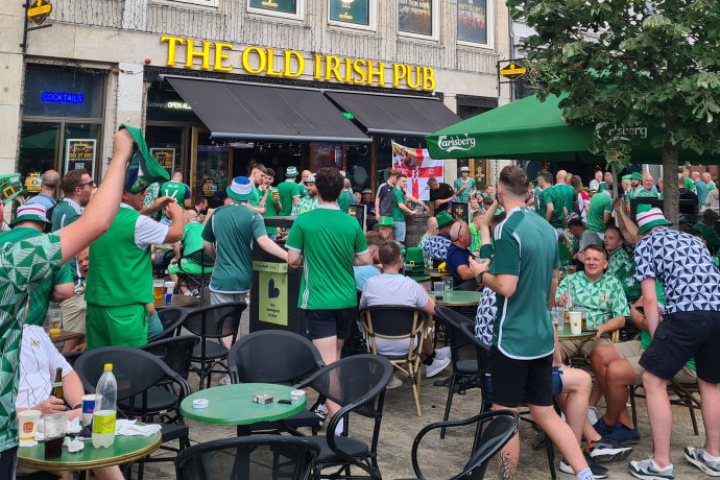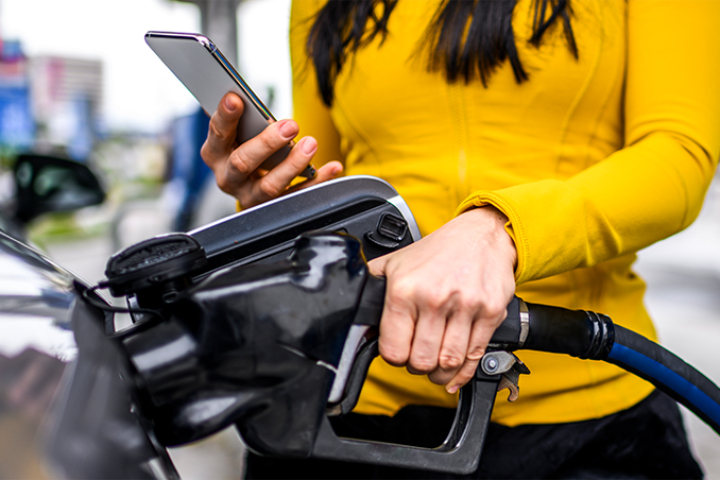This article first appeared on Global Convenience Store Focus.
Experienced retail marketers are increasingly smart and savvy. Marketing channels have evolved dramatically to include sophisticated digital solutions alongside our traditional above-the-line and below-the-line campaigns, loyalty programmes, sponsorship and PR, meaning we are all even busier than ever before.
However, marketers worldwide are still unable to accurately measure the effectiveness and returns from our marketing investments in a financially consistent and credible way. Forbes CMO Practice released a report last year which shows that “most CMOs still struggle to quantify and communicate the value marketing creates to their leadership, peers and partners” despite the “clear connection between marketing investment and activity and enterprise value”.
It’s a challenge that certainly affects the loyalty marketing industry, and one that should be addressed from a strategic perspective, to avoid undervaluing our results as we build and manage our programmes.
As it’s an issue that affects our entire industry, we asked the CEO of 7-Eleven in Denmark, Jesper Østergaard to share his perspective on this. He is excited about his app program:
“Our app program drives significant traffic to our stores every day. At the same time it plays an important role in building our 7-Eleven brand. We want to delight our digital customers and engage with them. We have learned that app sessions is the key measure of how successful we are every day in connecting with our digital customers. It’s a real-time KPI, which is important to monitor.”
CEO of 7-Eleven in Denmark, Jesper Østergaard
What is Effective Marketing:
Nielsen is a globally respected measurement and data analytics company whose definition of advertising effectiveness includes three distinct, desirable outcomes that can apply to any marketing discipline:
With loyalty programmes, retailers often focus exclusively on the ‘desired sales response’ (which is clearly essential) but many are failing to recognise the first two outcomes and therefore extra-ordinary brand value also being created by the programme. Did you reach your audience and did your connection improve their attitude as a result? Interaction and engagement matter.
True programme profitability includes the value of your brand interactions and recognises the importance of strong relationships with our customers as a result of us reaching them successfully. Repeat engagement adds a critical commercial benefit that is often missed in programme valuations.
Building Brand Value:
So how does your loyalty app add branding value to your business? By creating the opportunity for ‘out of store’ engagement between you and your customer – perhaps the only opportunity for you to connect to them without having to pay for the privilege! When these app sessions occur, it means your customers have chosen to devote their time and attention to your app – attention that’s extremely expensive to acquire elsewhere. Recent research that analysed over $300 million of Facebook advertising shows that the average cost per click in 2017 was $0.97 – a hugely expensive investment for many brands to achieve at scale – and one that will continue to increase as Facebook’s inventory decreases.
We’ve all joined loyalty programmes that became irrelevant, so attention and marketing permission are huge assets to be monitored and measured for a true reflection of the programme.
Let’s Talk About KPI’s:
1) It’s easy to track and recognise the commercial value when a customer’s purchase behaviour changes. Effective segmentation allows us understand current behaviour and map it against our objectives. With our marketing investment focused on high value and high potential customers, we can drive and monitor increases in basket spend, incremental visits and purchases of new products, and once we deduct the costs associated with the activity, we can calculate the incremental programme benefit from sales.
2) The second element/KPI to include is the value of the brand engagement. Time is the most valuable commodity to a retail customer, so given the time and effort it takes to download an app, keep it on a busy phone home screen and choose to open it, it is clear that your app users are your most loyal customers – your fans. When we define loyalty as “the brand’s ability to be ‘top of mind’ in a customer’s head….” your programme is in a unique position to achieve that, so it’s equally important to set an engagement KPI for your programme.
From a performance perspective, we analysed tens of millions of app sessions across millions of app users, exclusively in the convenience industry to create a benchmark, and we believe that any convenience store can easily achieve in excess of 1,000 app sessions per month, so a retailer with 1,000 stores should have an app generating more than 12 million app sessions per year. That’s 12 million brand sessions on top of your transactional returns. From our analysis, we have found that every app session lasts for 33 seconds and realised: that is longer than most TV commercials!
We also found that customers predominantly browse two different sections – the front page and the offers section, both strongly branded with powerful messaging to continually build your relationships. Although it’s a different behaviour and objective, achieving the same volume of clicks from Facebook would cost more than 7.5 million EUR in marketing investment!
There’s no doubt that brand engagement requires a financially credible formula before it is adopted as the industry norm, however other marketing investments are clearly finding ways to justify their spend, even with arguably lower engagement. For example, global sponsorship investments continue to grow, this year to almost $66 billion, with a similar amount typically invested in driving activation. These largely consist of company names printed passively on sports assets, while other marketing activity such as public relations uses the value of column inches (in advertising costs) to justify those investments.
Whatever value you put on your engagement (and without an industry benchmark it will be defined internally), our key message is to ensure your app open rates are monitored in your programme’s performance dashboard and a revenue valuation is attributed to this customer behaviour.
The Value of an App Session:
While Facebook or other media activity have a role to play in acquiring new customers, nothing is as effective or as profitable as retaining the ones you have. Estimates vary but Harvard Business Review confirms that a 5% increase in customer retention rates increases profits by 25 – 95% while other evidence shows “it’s more than 350% more profitable to sell to an existing customer than to a new one.”
CEO of 7-Eleven in Denmark, Jesper Østergaard again shares his perspective on this:
“Our app enables direct communication and I’m clear that our brand is a little bit stronger every time someone opens the app to check out what’s on offer. Every app session counts.”
As savvy marketers, let’s make sure the engagement and interaction are valued in our programme reviews, building your brand value with every customer who taps.
About Us:
Liquid Barcodes is a leading global loyalty technology company specialized in the convenience store and foodservice industries. Our proprietary cloud-based technology platform allows retailers to create and manage their digital marketing campaigns with a proprietary process we call the “customer connection cycle’ to engage, promote and reward customers’ activities in real-time across digital and media channels.
How we do it:
We have developed the most advanced loyalty and digital marketing technology platform specifically for convenience store and foodservice retailers globally.
Retailers use our self-service dashboard to create and manage loyalty driven marketing campaigns that increase purchases with their existing customers, as well as effectively target and acquire new customers through partners or paid media channels.
One core component of live loyalty is gamification. We have gamified branding, loyalty and promotions. We believe this approach is essential in order to get customers’ attention and ultimately truly engage them with repeatable actions thereby winning their loyalty.
Check out some of our exciting/proven results here:
About Me:
Chief Content Officer, Liquid Barcodes and Independent Loyalty Consultant.
With over twenty-five years of marketing experience, I specialise in loyalty marketing consulting, managing consumer loyalty propositions, strategy and operations. In addition to working with Liquid Barcodes, my clients have included Telefonica O2, Three Mobile, Electric Ireland, Allied Irish Bank and The Entertainer, as well as Avios – the global points currency for some of the world’s top airlines. I am also a judge for the Loyalty Magazine Awards.
—————————————————————————————–
























